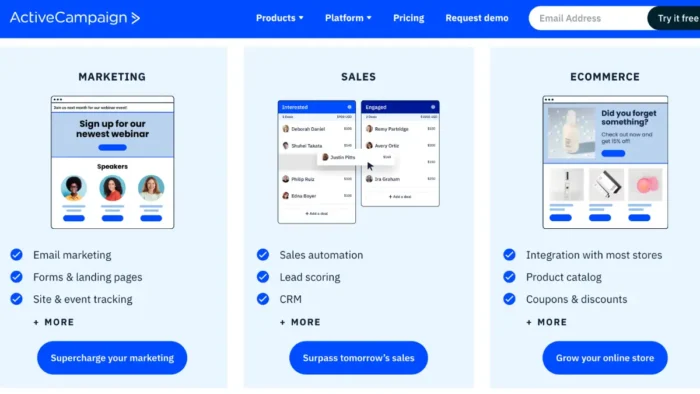Customer application has become a cornerstone for successful business in this digital age. It paves the way for a seamless and excellent user experience and stronger customer relationships. However, the ever-changing technology and heightened customer expectations mean customer applications can be outdated, leading to dissatisfaction.
Therefore, businesses should continually improve their customer applications to meet the evolving demands and technological improvements. Revamping the existing customer applications offers multiple benefits, like increased usability, improved customer satisfaction, and more business opportunities.
So how do you successfully improve your application to meet the changing demands? Here’s a look at the five key strategies to focus on.
1. Assessing the need for revamp
The first key step when revamping your customer application is understanding the reason behind the change. Why are you doing it? Are customers dissatisfied, or are you losing quality customers? Additionally, you should also assess your technology, as it could be affecting user experience and engagement.
Related: Game-Changing Strategies for Success in Business
For example, there could be slow performance due to outdated and complex technology. Therefore, you’ll need to adopt automation of digital trade applications and artificial intelligence, among other modern technologies, to provide immersive experiences, predictive analysis, and other important features that may improve the overall user experience.
Moreover, you should get customer feedback through surveys, interviews, social media comments, and support tickets. User feedback and reviews are goldmines for information, offering insights into their perception, preferences, and overall satisfaction. Alternatively, you can analyze user behavior, such as time spent and abandonment rates, to understand where the application fails to meet user expectations.
2. Planning for revamp
Another key strategy is planning how to execute the revamp. The success lies in having clear and achievable objectives, such as increasing customer engagement and conversion rates or integrating innovative features that meet customer demands.
Once you’ve set your goals, you should then prioritize based on value to customers. Use customer feedback and any other data sources to identify where customers face issues in the current application and then prioritize the implementation based on this information.
You can use the ‘Must have, Should have, Could have, Won’t have’ method to ensure that the critical aspects are addressed first. You can also test the feasibility and impact of each feature before doing a full rollout.
3. Focusing on the user
Customer application is about the user, and the changes made should be as user-centric as possible. This methodology involves understanding the user’s needs and challenges and designing solutions to address these specific challenges. When creating a user-centric design for your customer application, ensure you engage the users through surveys and usability tests to reveal insights into pain points, frictions, needs, and preferences.
This direct collaboration helps upgrade the features with real user data instead of assumptions. The design can be refined regularly until the best version is found and released. Additionally, you should stay ahead of the latest user design trends in the industry. Users become accustomed to certain design patterns they interact with on other apps, and if your design feels outdated, it can create friction in the customer experience.

4. Leveraging technology
Modernizing your technological stack is fundamental in revamping your customer application. As technology evolves, you should keep up with any changes to ensure you improve reliability, speed, and other critical aspects that affect customer acquisition, retention, and satisfaction.
Upgrading to new tech stacks and frameworks can help reduce load times and improve the application’s responsiveness. Technology such as AI, the Internet of Things (IoT), augmented reality/virtual reality (AR/VR), and cloud-based solutions can enhance functionality and improve user experience.
For example, transitioning from legacy to cloud-based systems can offer more scalability and performance benefits. Additionally, AI can be used to improve personalized recommendations and predictive analytics to anticipate user behavior.
5. Quality assurance and testing
Finally, the revamped version should be tested to safeguard against potential issues that may undermine customer experience. You can start with a plan that outlines the types of tests to do. The test structures should define the criteria for success and failure, which shows the requirements the application should meet.
After completing the various testing stages, it should continuously be monitored to ensure optimum performance. You can use monitoring tools that will track performance metrics, such as load time and usage patterns, providing data and signals about any necessary improvements and adjustments.
Conclusion
Revamping your customer application is a multi-faceted process that involves understanding the reason behind the change, creating user-centric design, leveraging technology, and continuous monitoring for optimum performance.
Each component ensures that the application meets and exceeds customer expectations. Remember, success is achieved when you address and solve the pain points and friction affecting your customers.





